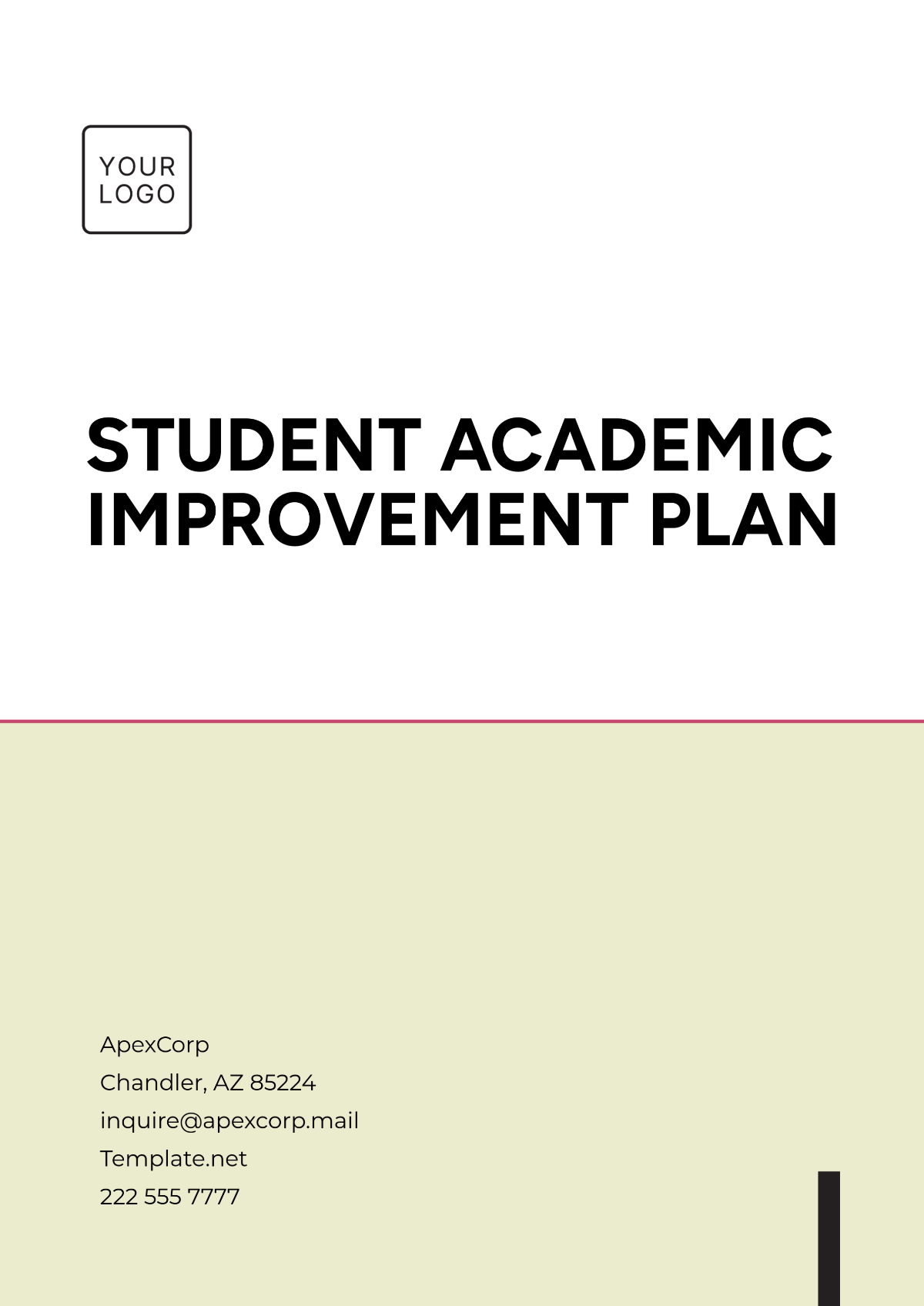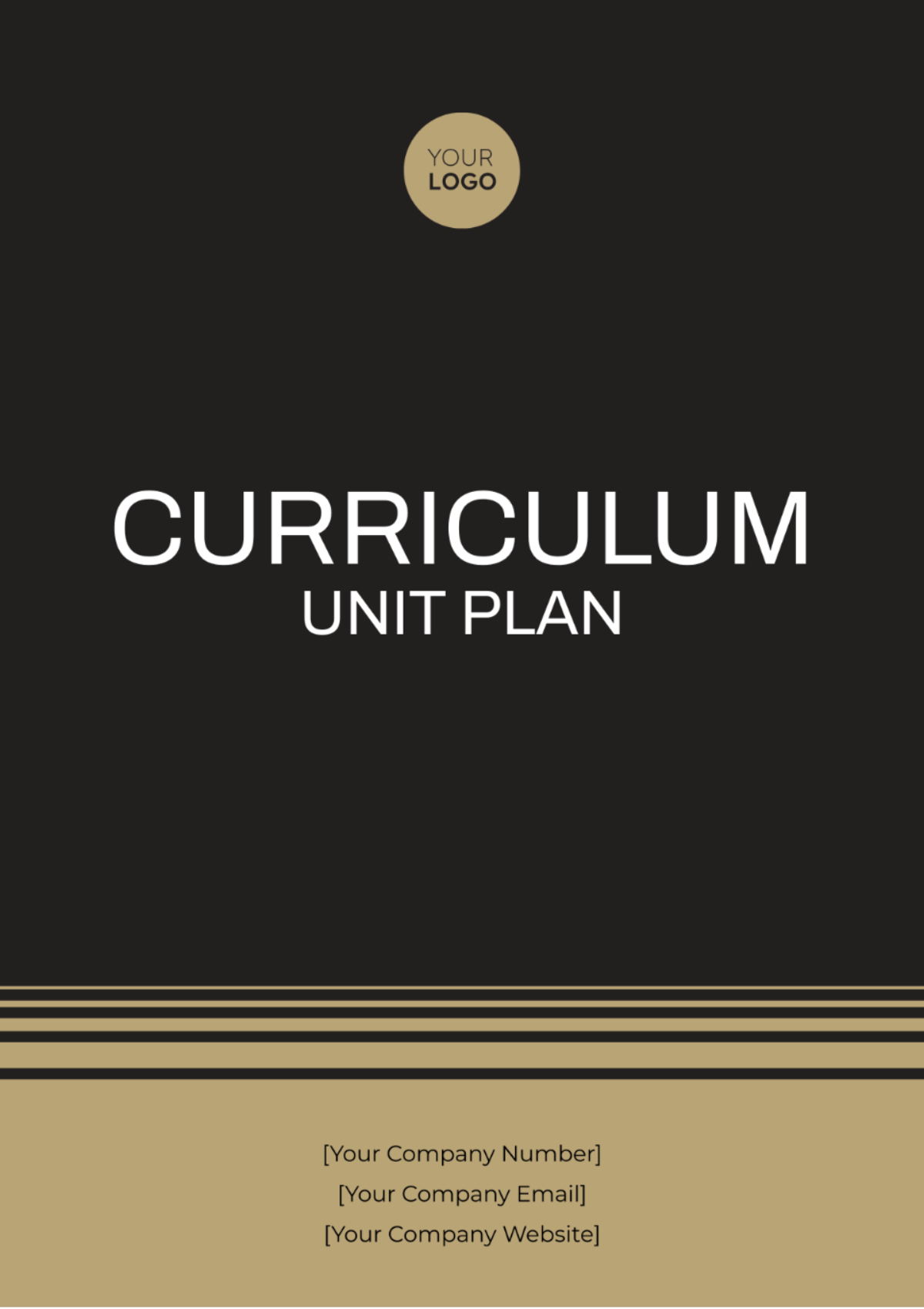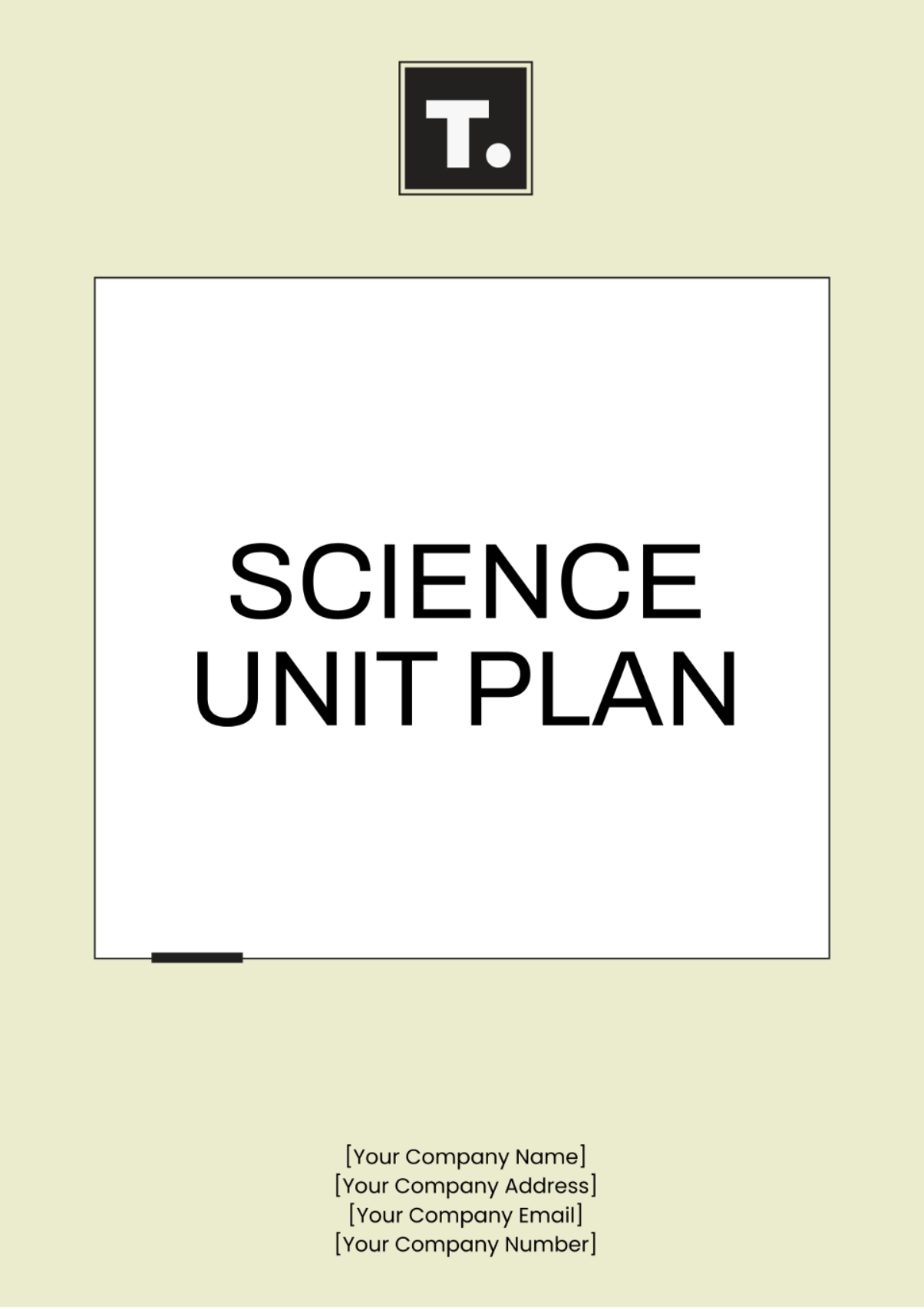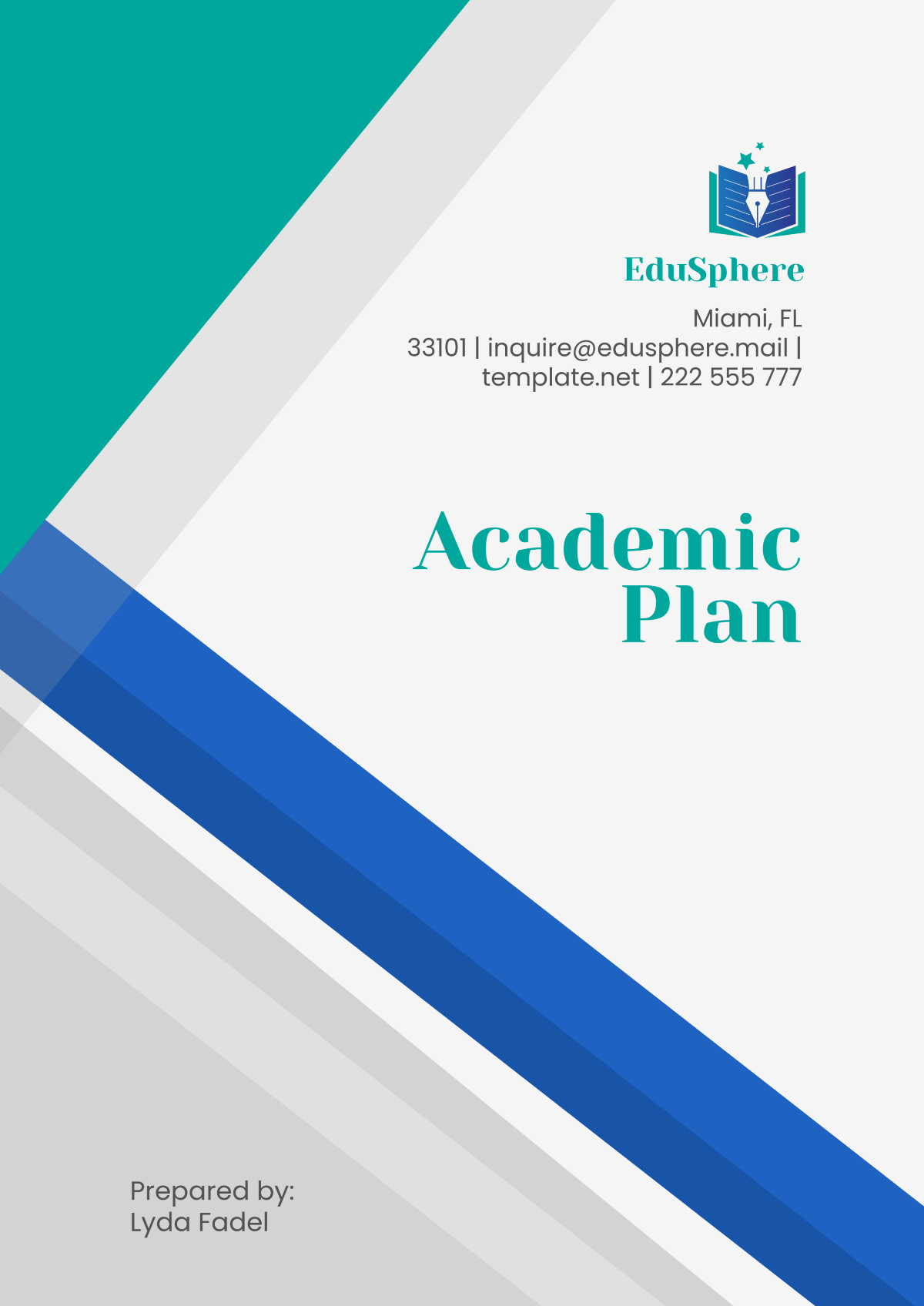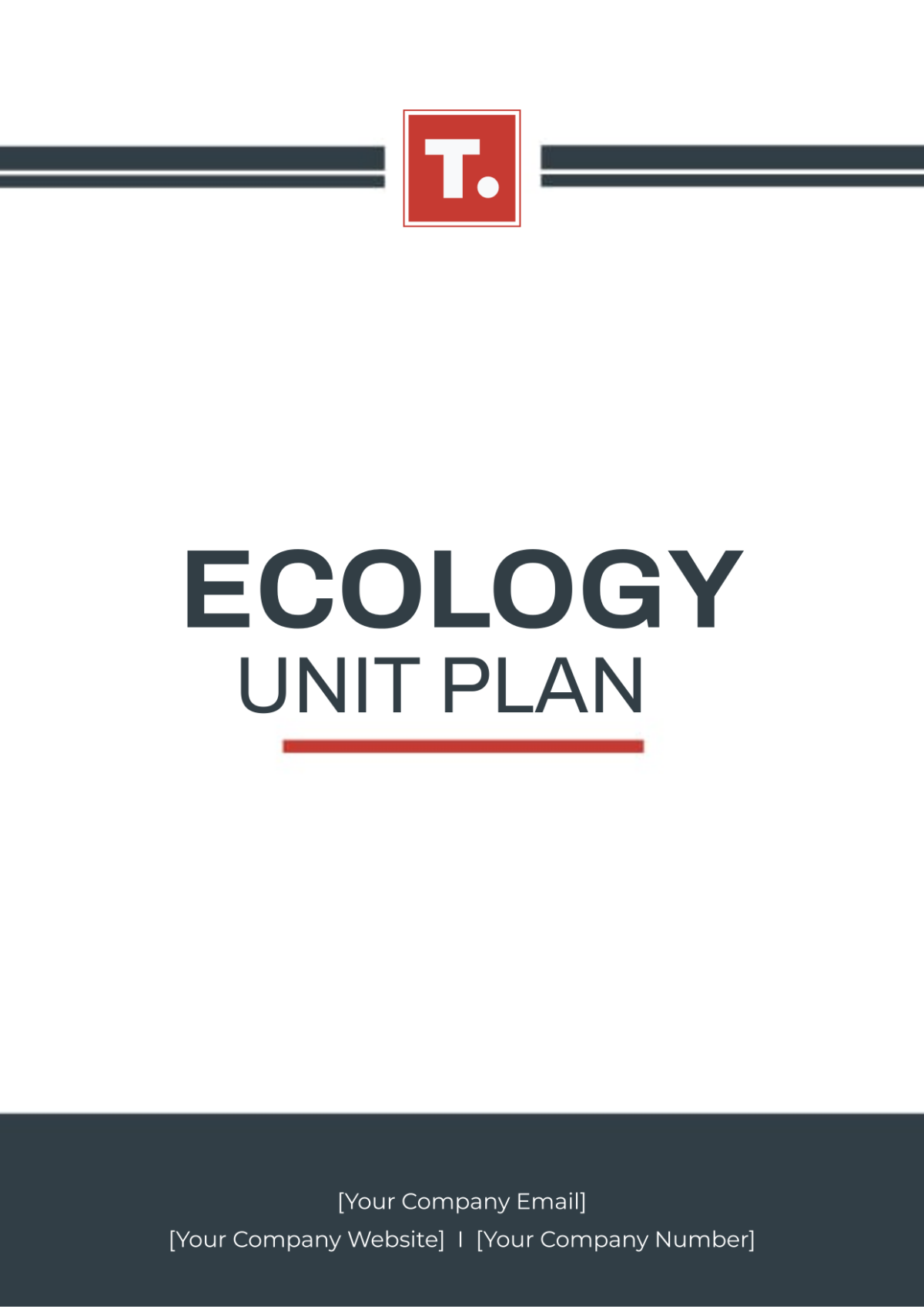Elementary Unit Plan
Prepared By: [Your Name] |
Unit Title: Life Cycles: Plants and Animals |
Grade Level: 2nd Grade |
Duration: 3 weeks |
I. Unit Overview:
In this unit, students will explore the life cycles of plants and animals. They will learn about the stages of growth and development, as well as the different needs of living organisms. Through hands-on activities, observations, and experiments, students will develop an understanding of how living things grow, reproduce, and change over time.
II. Learning Standards:
Next Generation Science Standards (NGSS): |
2-LS2-1: Plan and conduct an investigation to determine if plants need sunlight and water to grow. |
2-LS4-1: Make observations of plants and animals to compare the diversity of life in different habitats. |
Common Core State Standards (CCSS): |
CCSS.ELA-LITERACY.RI.2.7: Explain how specific images (e.g., a diagram showing how a machine works) contribute to and clarify a text. |
CCSS.MATH.CONTENT.2.MD.D.10: Draw a picture graph and a bar graph (with single-unit scale) to represent a data set with up to four categories. |
III. Instructional Objectives:
Students will identify and describe the stages of the life cycle of a plant.
Students will observe and compare the life cycles of different animals.
Students will conduct an investigation to determine the basic needs of plants for growth.
Students will communicate their understanding of life cycles through written and visual representations.
IV. Assessment Plan:
Formative Assessment: Observations during class discussions, student participation in group activities, and completion of worksheets.
Summative Assessment: Student-created life cycle diagrams for a plant and an animal, accompanied by written explanations.
V. Instructional Strategies:
Whole group discussions on the concept of life cycles, using visuals and real-life examples.
Hands-on activities such as planting seeds and observing plant growth and observing the life cycle of a butterfly through a classroom observation kit.
Read-alouds of informational texts about life cycles, followed by small group discussions and comprehension activities.
Inquiry-based investigations, including experiments to determine the effects of sunlight and water on plant growth.
VI. Differentiation:
Provide leveled reading materials and differentiated worksheets to meet the needs of diverse learners.
Offer alternative assessment options, such as oral presentations or digital projects, for students who may struggle with written expression.
Use flexible grouping strategies to scaffold learning and provide peer support.
VII. Resources and Materials:
Plant seeds (e.g., bean seeds, sunflower seeds)
Butterfly life cycle observation kit
Books and videos about plant and animal life cycles
Worksheets and graphic organizers
Art supplies for creating life cycle diagrams
VIII. Timeline:
Week | Activities |
|---|---|
Week 1 | Introduction to life cycles and plant growth |
Week 2 | Exploration of animal life cycles |
Week 3 | Investigation of plant needs and culminating projects |
IX. Reflection and Evaluation:
Teacher Reflection:
At the end of the unit, teachers will reflect on student learning outcomes and instructional effectiveness. They will consider student engagement, understanding of key concepts, and areas for improvement in future units on life science topics.
Student Self-Assessment:
Additionally, students will have the opportunity to self-assess their understanding of life cycles and set goals for future learning.
